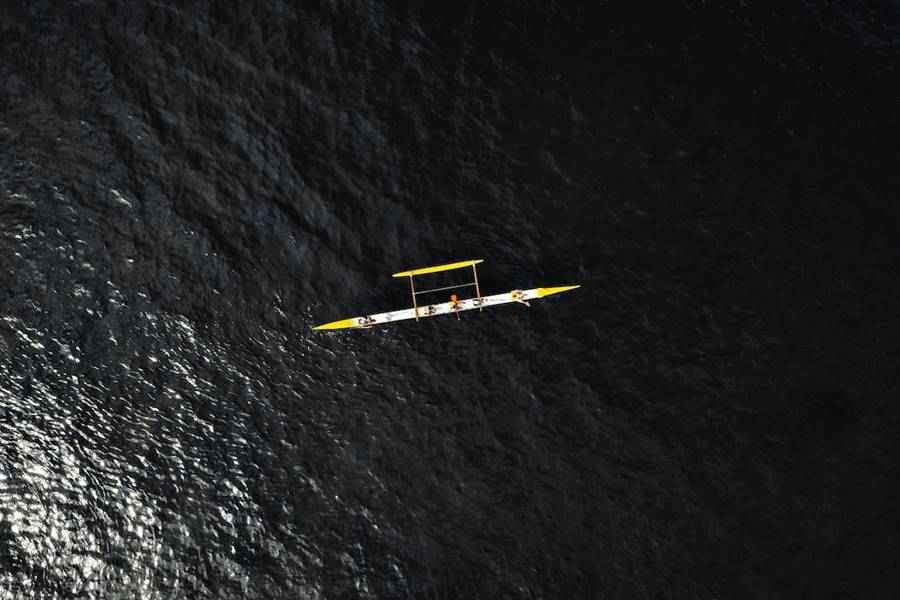The Vikings were an ancient Scandinavian seafaring people who left their mark on the world from the late 8th to the early 11th centuries. Vikings were renowned for their exploration and trading, as well as their fierce raids and battles across Europe. They were known for their impressive shipbuilding techniques, their advanced navigational skills, and their use of iron weapons and armor. They were also renowned for their culture and art, as well as their religious beliefs. The Viking Age is often considered to be one of the most influential and important periods in European history.
How Viking Raiders Changed the Course of European History
The Viking Raiders of the 8th to 11th centuries were a force to be reckoned with across Europe. At the height of their power, these seafaring Norsemen raided, traded, and colonized far and wide, from the British Isles to the Mediterranean and beyond. Their actions had a lasting impact on the course of European history, as their raids, settlements, and political alliances forever altered the political, economic, and cultural landscape of the continent.
The Viking Raiders’ first major incursions into Europe occurred in the late 8th century. Raids on Britain and Ireland were among the earliest and most successful, with the Norsemen often looting monasteries and taking slaves. The raids would continue for centuries, with the Norsemen also targeting France, Germany, and the Mediterranean.
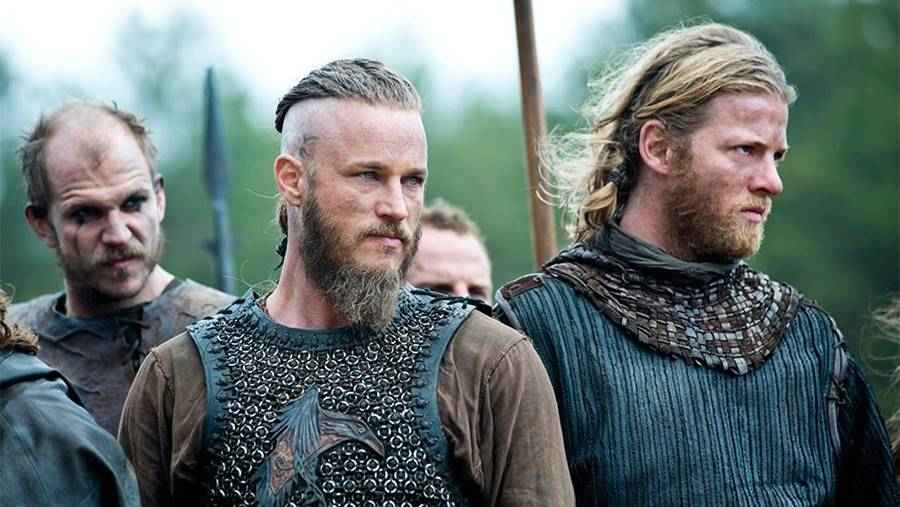
In addition to raiding, the Viking Raiders also engaged in trading and colonization. Their fleet of longships allowed them to explore far and wide, and they quickly established settlements in many places, often in coastal regions. As they settled in these new lands, they brought with them their own culture and customs, which had a profound influence on the local populations.
The Vikings also had a significant impact on the political landscape of Europe. In many places, they established kingdoms, such as Norway and Denmark. In other places, they formed alliances with local rulers, providing them with military assistance in exchange for political favors. In some cases, such as in England, their influence was so great that they were able to install a new ruler and establish a new kingdom.
The Viking Raiders also had a lasting impact on the economy of Europe. The raids and settlements allowed them to acquire vast amounts of wealth, which they then used to buy goods from other regions and finance their own ventures. The influx of wealth also gave rise to new markets, allowing for increased trade, commerce, and economic growth.
The Viking Raiders left an indelible mark on the course of European history. Through their raids, settlements, and political alliances, they changed the face of the continent, bringing new cultures, customs, and political structures to an ever-changing landscape. Their legacy still resonates today, as Europe continues to be shaped by the influences of the Viking Raiders.
The Rise and Fall of the Viking Age
The Viking Age was a period of time between the late 8th century and the middle of the 11th century, during which Scandinavian warriors, sailors, and merchants left their mark on much of the known world. During this period, the Vikings established themselves as a formidable force, conquering and settling in vast swathes of Europe and parts of the North Atlantic.
The Viking Age was a period of unprecedented Scandinavian expansion and exploration. During this time, the Vikings ventured out of their native Scandinavia to explore and settle in the British Isles, Iceland, Greenland, and even North America. They also established trading networks throughout the Baltic region and beyond. They were known for their expertise in sailing, warfare, and trade, and their influence can still be seen in many cultural and linguistic aspects of the regions they touched.
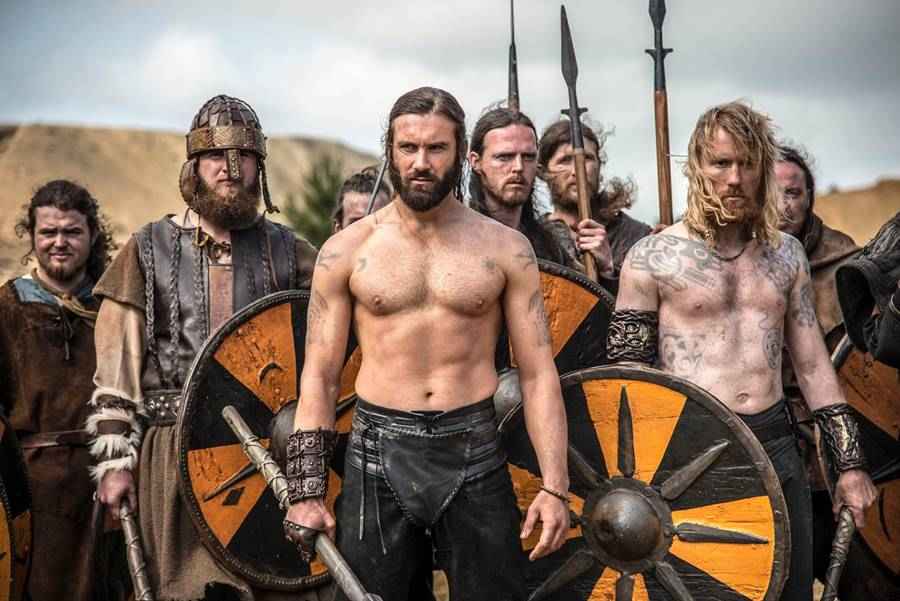
The rise of the Viking Age is often attributed to the political and social instability of the 8th century, as well as the technological advances of the time. During this period, the Vikings developed their longships, which allowed them to traverse long distances at sea with relative ease. These ships gave them the ability to explore and conquer far-off lands, as well as to establish trading networks.
The Viking Age reached its peak in the mid-10th century when their power extended to the farthest reaches of Europe. However, by the 11th century, the Viking Age was beginning to decline. The decline was largely due to changes in the political landscape of Europe, as well as technological advances in other areas. New Christian kingdoms were rising in Europe, and they began to push back against Viking raids and settlements. At the same time, advances in weaponry, such as the crossbow, made it harder for Vikings to succeed in battle.
The decline of the Viking Age marked the end of an era of Scandinavian dominance in Europe. Although their influence has diminished in the centuries since, their legacy still remains. The Vikings left their mark on the cultures, languages, and political systems of the regions they conquered and traded with, and their impact can still be seen today.
Exploring the Culture and Traditions of the Vikings
The Viking Age, which spanned from 793 to 1066 AD, was a period of great exploration, conquest, and culture. During this time, the Vikings, a group of seafaring Norse peoples, ventured far and wide, establishing settlements on distant shores and leaving an indelible mark on the history of Europe.
The Viking culture was deeply rooted in their Norse beliefs and was centered around their gods and goddesses, such as Odin, Thor, and Freyja. Norse mythology was highly influential in their daily lives, and they believed in fate and a cycle of birth, death, and rebirth.
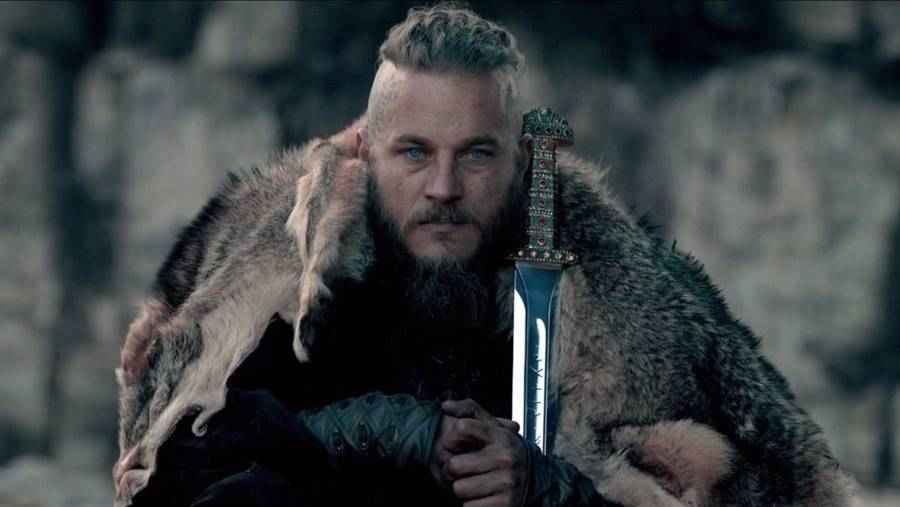
The Vikings were seafaring and warlike people, renowned for their courage and skill in battle. They were also skilled craftsmen and traders and were renowned for their shipbuilding and navigation abilities. They were also known for their artistry, particularly in jewelry-making, metalworking, and woodcarving.
The Viking culture was based on strong family ties, and they believed in loyalty to one’s kin. They also valued honor and courage, and they believed that glory could only be achieved through great deeds. They had a strong sense of justice and often turned to the gods for guidance and protection.
Viking culture also included a variety of traditions, such as feasts, drinking, and storytelling. Feasts were often held to celebrate special occasions, such as weddings or funerals, and were a way for people to come together and share stories, songs, and poetry. Drinking was also an important part of Viking culture, and they often drank mead, a fermented honey-based drink, during these occasions.
The Vikings were also known for their skill in storytelling and storytelling was an important part of their culture. They told tales of gods and heroes, of battles and adventure, of love and loss, and of courage and honor. These stories were passed down from generation to generation and helped to shape the culture and beliefs of the Vikings.
The culture and traditions of the Vikings have left a lasting legacy in Europe and have had an impact on the modern world. Their spirit of exploration, courage, and craftsmanship continues to live on in the hearts and minds of many.
The Role of Norse Mythology in Viking Society
Norse mythology was integral to the culture and society of the Vikings. From the creation of the world to the stories of gods and goddesses, Norse mythology provided the Vikings with a shared set of beliefs and values that were fundamental to their culture and identity.
Norse mythology was a source of inspiration and guidance for the Vikings and was used to explain the world around them. Stories such as the creation of the world and the exploits of gods and goddesses provided explanations for natural phenomena and the meanings of life. Norse mythology was also a source of moral guidance, and its stories taught the Vikings how they should behave and provided lessons on how to live life with honor and courage.
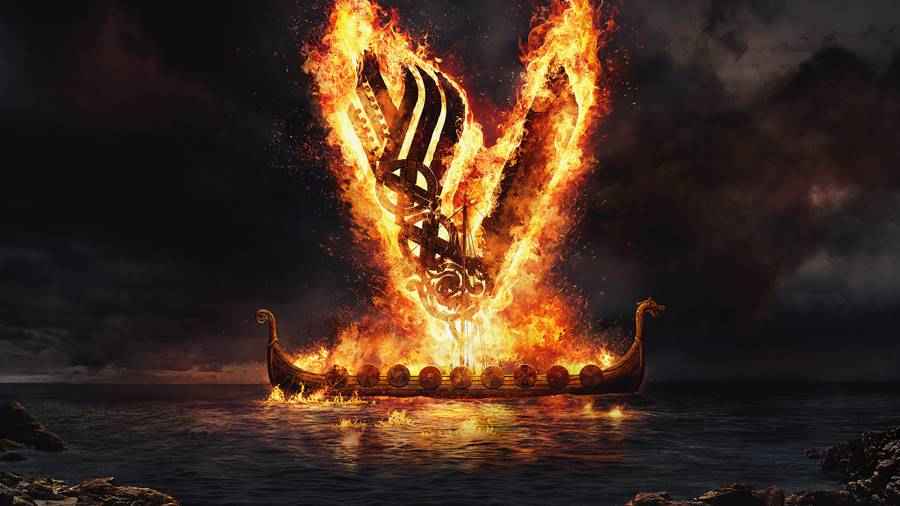
Norse mythology was also deeply embedded in Viking rituals and practices. The Vikings believed that their gods could be invoked to bring good fortune and blessings upon them and their families. As such, the gods were often invoked and honored during religious ceremonies and festivals. The Vikings also believed that the gods could be called upon to bring success in battle, and they would often seek the blessing of the gods before going into battle.
In addition, Norse mythology also provided the Vikings with a sense of identity, as it tied them to their ancestors and the stories that were passed down from generation to generation. Norse mythology was a way for the Vikings to connect with their past and to feel a part of something larger than themselves.
Overall, Norse mythology was a major part of Viking society, providing inspiration, guidance, and a sense of identity. It was deeply embedded in the culture and beliefs of the Vikings and played a major role in their way of life.
Uncovering the Mysterious Origins of the Viking Language
The Viking language is a fascinating, yet mysterious, part of history. This ancient language has captivated the interest of linguists, historians, and the general public alike. But where did the Viking language originate? In this article, we will explore the mysterious origins of the Viking language and attempt to uncover the truth behind this fascinating part of history.
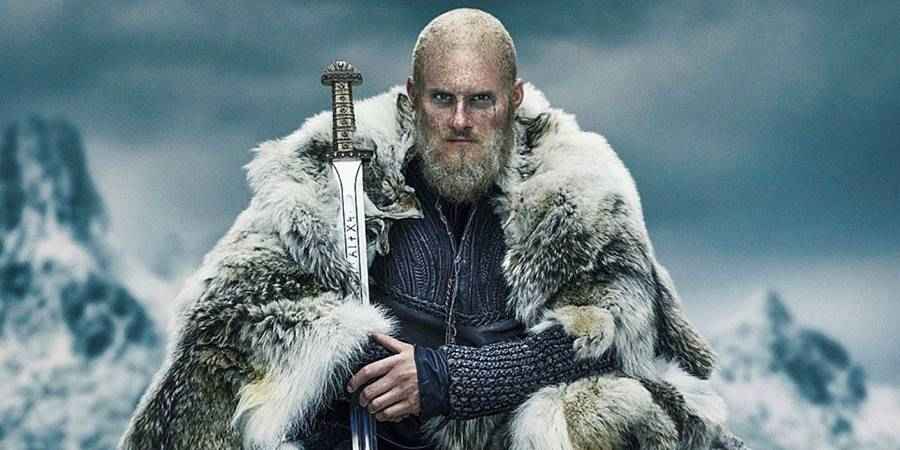
The Viking language, also known as Old Norse, is believed by some linguists to be a dialect of Proto-Norse, which is the language spoken by the Germanic people of Northern Europe in the early Middle Ages. It is believed to have been spoken by the Vikings, who were a Norse people who lived in Scandinavia and later spread to other parts of Europe. Old Norse is believed to have originated in the 5th century and was used until the 15th century.
One of the most intriguing theories regarding the origin of the Viking language is that it originated from Proto-Germanic, which is a language spoken by the Germanic people before the 5th century. This theory suggests that the Vikings adopted many of the Proto-Germanic words and incorporated them into their own language. This theory is supported by the fact that many of the words used in Old Norse are similar to those used in Proto-Germanic.
However, some linguists argue that the Viking language is a distinct language that has its own unique characteristics and vocabulary. This theory suggests that the language was developed by the Vikings themselves, rather than being adopted from other languages. This theory is supported by the fact that Old Norse has a number of distinct features that are not found in other Germanic languages.
Whatever the truth may be, one thing is certain: the Viking language is an important part of European history. Its mysterious origins and unique features have captivated linguists and historians alike, and it continues to fascinate us today. With more research, we may one day uncover the truth behind the mysterious origins of the Viking language.
Examining the Artifacts and Relics of Viking Life
The Viking Age was a period of great social and cultural transformation in northern Europe that began in the 8th century and lasted until the 11th century. During this period, the Vikings left an indelible mark on the region through their art, literature, architecture, and technology. As a result, a great number of artifacts and relics have been unearthed that help us to better understand the life and culture of the Vikings.
One of the most common artifacts from the Viking Age is weapons and tools, including swords, spears, axes, and knives. These objects were made of iron, steel, and other metals and were crucial for hunting, warfare, and everyday tasks. Other objects of note include jewelry, such as beads and brooches, which were often used to adorn clothing and denote social status.
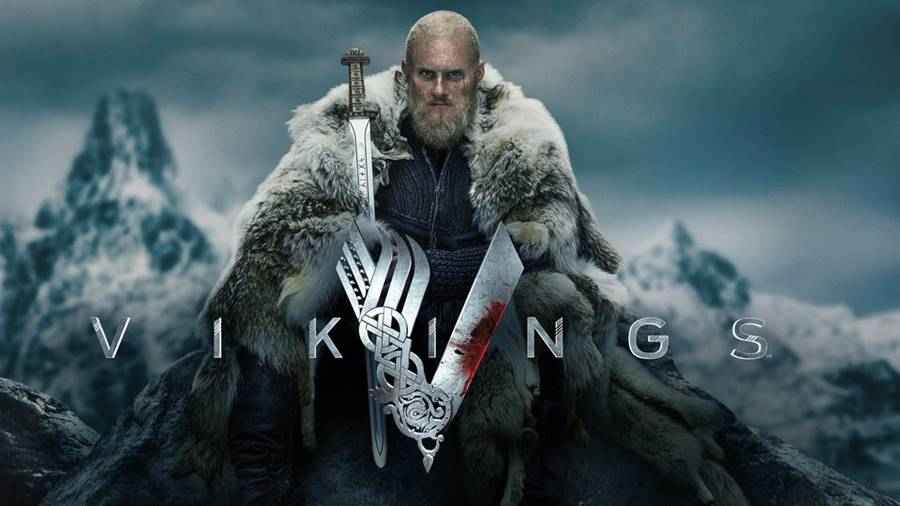
The Vikings were also renowned for their craftsmanship in wood and stone. Some of the most impressive examples of this skill were the longboats they used to travel the seas. These vessels were made of oak and were able to traverse long distances thanks to their impressive size and shape. Other wooden artifacts include furniture, such as beds and chairs, as well as ships’ figureheads.
The Viking Age also saw the emergence of a new breed of artists. These artisans used a variety of materials, such as bronze, silver, and gold, to create intricate sculptures and works of art. Some of the most famous examples of their craft include the Oseberg ship burial and the Torslunda helmet.
Finally, the Vikings had a unique writing system known as runes. Although these symbols were used in a variety of ways, they were primarily used to mark important documents or inscribe personal messages.
In sum, the artifacts and relics of the Viking Age offer a fascinating glimpse into the lives of these ancient people. Through these objects, we can gain a deeper understanding of their culture, technology, and art.
Conclusion
In conclusion, the Vikings were an incredibly important part of history, as they left a lasting impact on the world. They were known for their raiding and trading, their seafaring and exploration, their art and culture, and their religious and social beliefs. Despite their reputation as fierce warriors, the Vikings were highly skilled craftsmen and farmers. They were complex, intelligent, and fascinating people who continue to captivate us today.

